Portal 2 and the Art of Level Design
Portal 2, developed by Valve Corporation, stands as a masterpiece in the realm of video games, particularly highlighted by its exceptional level design. The game’s ability to engage players through intelligent puzzles and immersive storytelling is largely attributed to the meticulous attention to level design, which seamlessly integrates gameplay mechanics, narrative, and player progression.
At the heart of Portal 2’s level design is its unique gameplay mechanic: the portal gun. This tool allows players to create two linked portals on certain surfaces, enabling them to traverse spaces in innovative ways. This mechanic is the core around which all levels are constructed. The design team at Valve took great care in gradually introducing players to the various elements and mechanics, ensuring a smooth learning curve that reinforces player confidence while progressively increasing complexity.
A critical aspect of Portal 2’s level design is its tutorialization. Unlike traditional tutorials that can feel intrusive or disconnected from gameplay, Portal 2 skillfully integrates learning into the levels themselves. Early levels are crafted to teach players the basic mechanics without overt instructions. For example, players might encounter a simple puzzle that requires using a portal to bypass an obstacle. As players advance, they face more complex challenges that build on these foundational skills, ensuring a continuous sense of achievement and satisfaction.
The pacing of Portal 2’s levels is another crucial element of its design excellence. The game strikes a delicate balance between challenging puzzles and storytelling, ensuring that neither aspect overshadows the other. This balance maintains engagement and encourages players to push forward even after encountering particularly challenging puzzles. The design also employs moments of respite, offering players an opportunity to reflect on the narrative and their progress, thus avoiding fatigue from prolonged problem-solving.
Portal 2’s narrative is deeply intertwined with its level design. The game environment itself serves as a storytelling device, with the deteriorating state of the Aperture Science facility reflecting the narrative’s progression. This environmental storytelling is a hallmark of Valve’s design philosophy, providing context and depth without the need for extensive dialogue or cutscenes. As players navigate through the levels, they encounter visual cues and audio logs that expand on the backstory, enriching the game world and encouraging exploration.
The diversity of level aesthetics in Portal 2 further enhances the player experience. Valve’s designers crafted distinct visual themes for different sections of the game, each reflecting the story’s tone and phase. From the sterile, clinical chambers of the Aperture Science labs to the decaying industrial areas hidden behind the facility’s walls, each level’s design reinforces its narrative place. This variety keeps the visual experience fresh and prevents monotony, a common pitfall in games with repetitive environments.
One of the most impressive feats of Portal 2’s level design is its ability to induce a “eureka” moment—a sudden clarity that players experience upon solving a challenging puzzle. This moment is the culmination of intuitive design that leverages player psychology. Levels are designed to subtly guide players toward the solution without explicit hints, using visual cues and level layouts that draw attention to crucial elements. For instance, cleverly placed lighting might highlight an otherwise overlooked surface suitable for a portal, nudging the player towards the solution.
Playtesting was integral to the development of Portal 2’s levels. Valve’s design philosophy emphasizes player-centric design, shaping the experience based on actual player interaction rather than assumptions. Extensive playtesting allowed the team to observe where players struggled or became frustrated, leading to iterative design improvements that enhanced the overall flow and accessibility of the game. This iterative process ensured that each puzzle was challenging yet fair, maintaining the critical balance necessary for a rewarding gameplay experience.
The co-op levels in Portal 2 represent a further evolution of its level design prowess. Cooperative play introduces a new dimension of complexity, requiring players to communicate and collaborate to progress. These levels are designed to encourage teamwork, with puzzles that require simultaneous actions or strategic planning, emphasizing the importance of communication and coordination. The success of co-op mode in Portal 2 showcases Valve’s ability to expand their level design expertise into multiplayer arenas, providing a fresh yet familiar challenge for players.
Portal 2’s level design also benefits from the game’s robust physics engine, which allows for a high degree of interaction and creativity in puzzle-solving. Players must not only understand the puzzle mechanics but also how physical objects such as cubes and laser beams interact within the environment. This integration of physics-based challenges enhances the game’s depth, offering multiple pathways to solve puzzles and rewarding players who experiment and think outside the box.
The game’s community has had a lasting impact on the discussion of Portal 2’s level design, particularly through the utilization of the Perpetual Testing Initiative, a level editor released by Valve. This tool empowered players to create and share their own levels, further demonstrating the versatility and enduring appeal of Portal 2’s core mechanics. The community-generated content often reflects the same principles of good design established by Valve, paying homage to the game’s original masterpieces while introducing new twists and challenges.
Portal 2’s levels are not merely stages for gameplay; they are integral to the entire gaming experience, shaping how players interact with the story, mechanics, and even each other in co-op modes. The seamless blend of narrative and design, coupled with intuitive tutorialization and carefully considered pacing, creates an experience that is as educational as it is entertaining. Each level is a testament to the art of game design, demonstrating the power of thoughtful, player-focused craftsmanship. This attention to detail has cemented Portal 2 as a touchstone in the gaming industry, influencing contemporary level design and serving as an exemplar of how to elegantly merge gameplay, narrative, and player engagement.
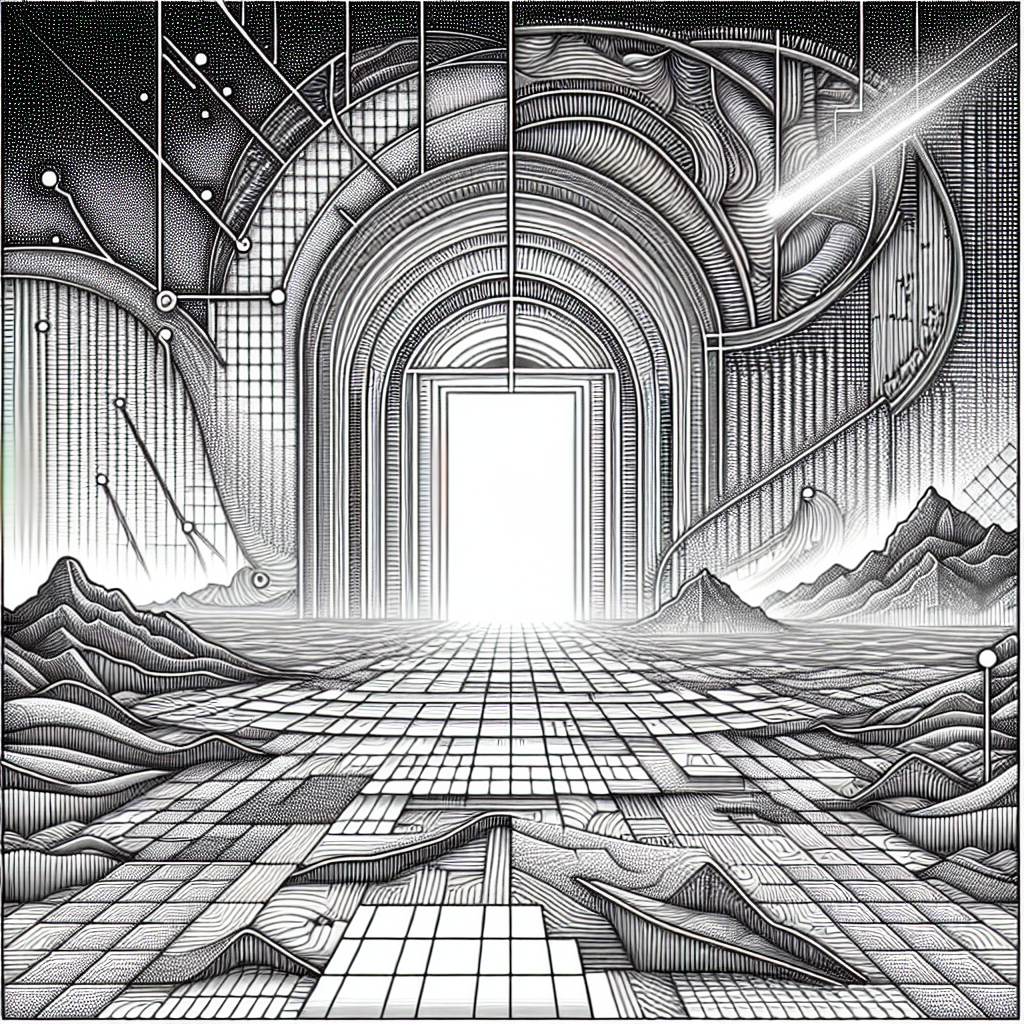
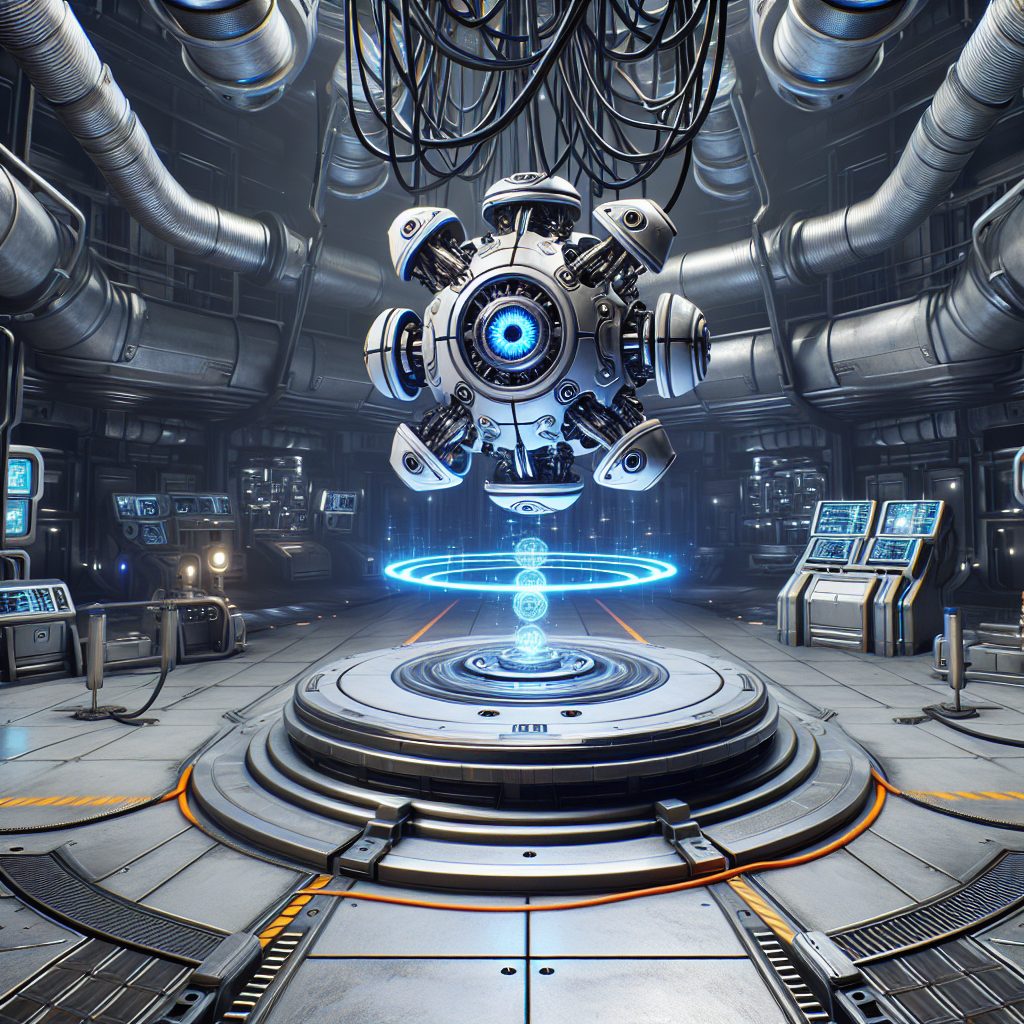
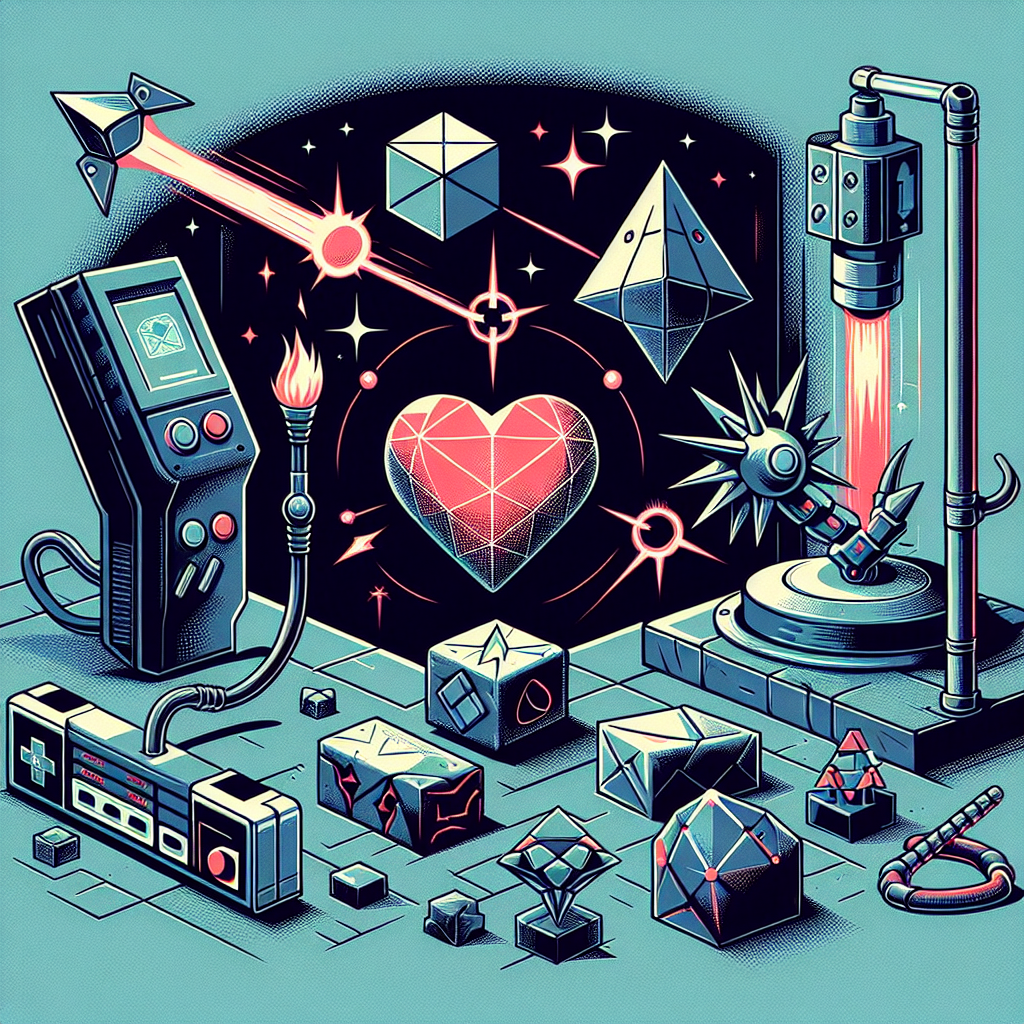
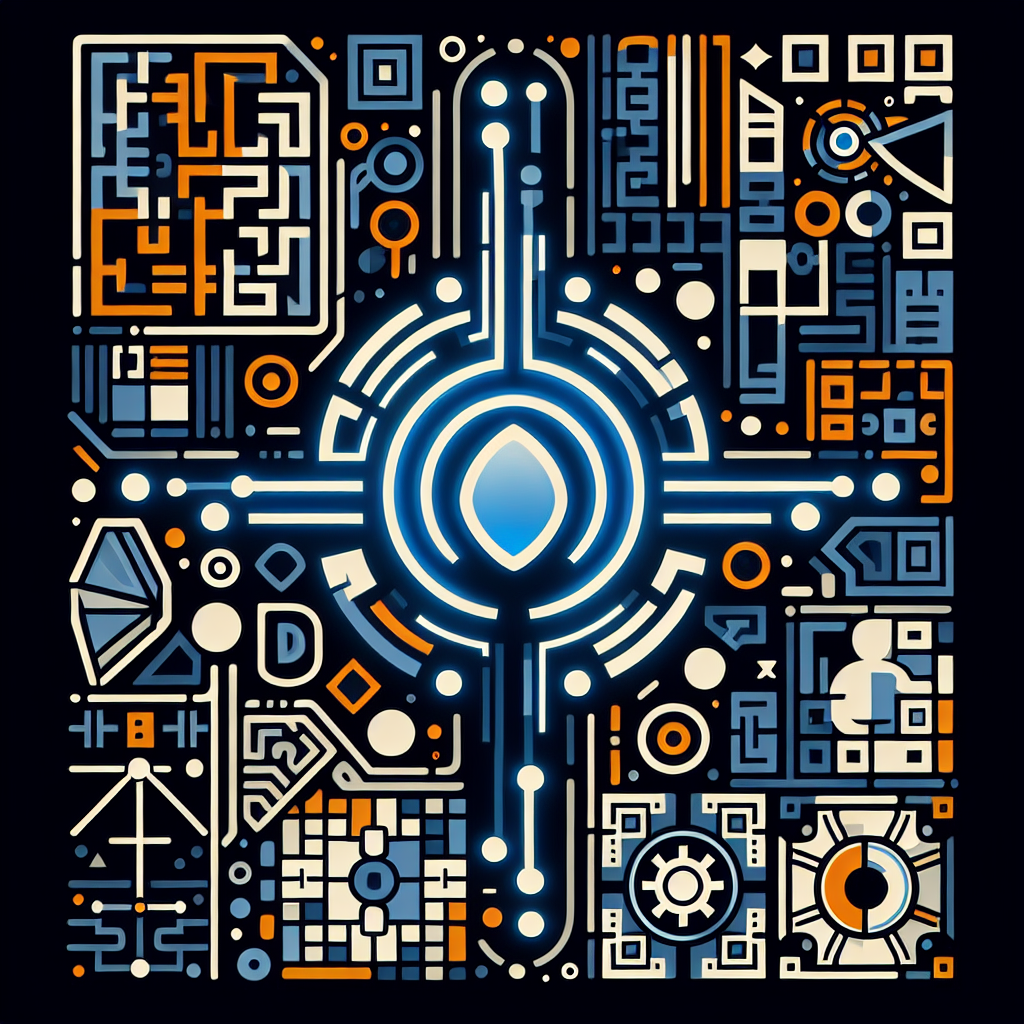
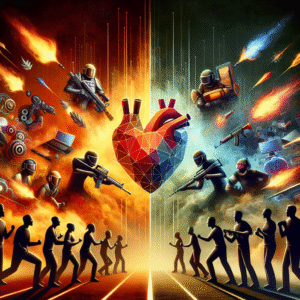

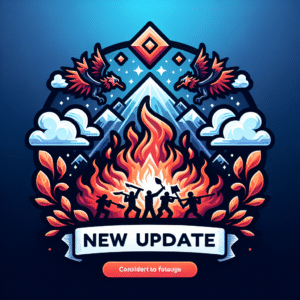
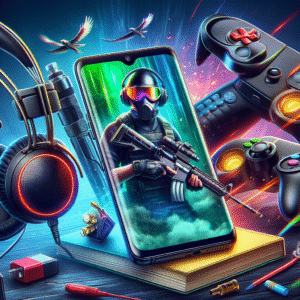
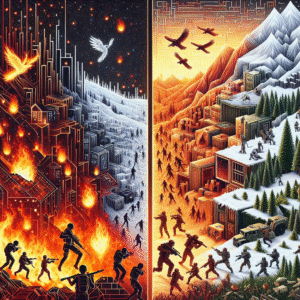
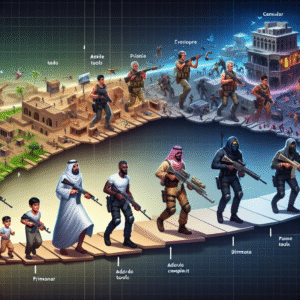
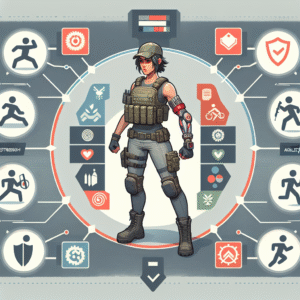
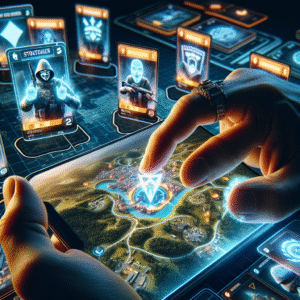

Post Comment